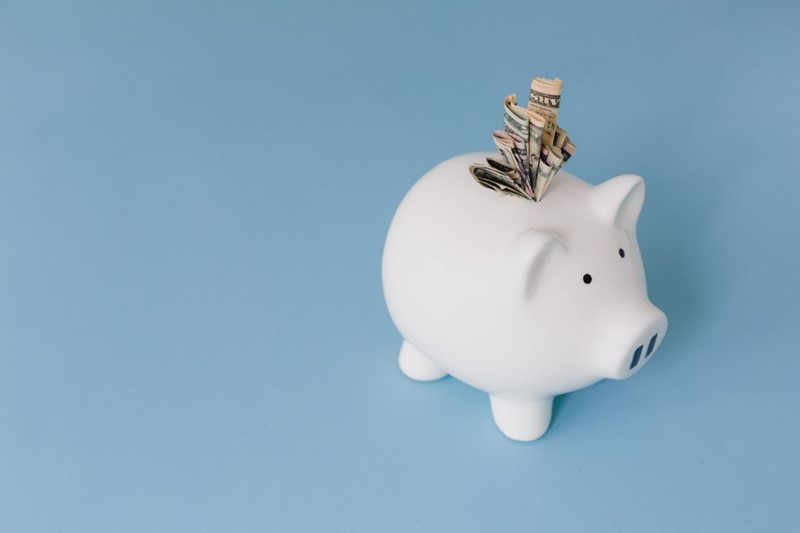Nowadays, it’s easy to see why people are struggling with their personal finances. Businesses are closing. Employees are getting laid off. The economic repercussions of flattening the curve are already showing, and they will continue to reveal themselves in the following months.
But, it’s important to know that the majority of Americans were not doing well financially before these unprecedented times.
The U.S Financial Health Pulse Report found that 17% of Americans were struggling with most of their finances, while 54% of them were struggling with some of them at the beginning of the year. Almost three-quarters of the population is having trouble with their finances. Why are the statistics so high?
No Savings
The Report on the Economic Well-Being of U.S. Households (2018) found that only 61% of adults could cover a $400 emergency expense. A whopping 27% said that they would have to sell something or borrow money to cover the costs, and another 12% said that they would not be able to do it at all.
Four-hundred dollars is all it takes to upset the fine balance of many workers’ personal finances. Something as simple as hiring a plumber to repair a leaky pipe or going to an auto mechanic to repair your brakes can cost more than that.
Ideally, you should have an emergency fund set aside so that you can handle an unexpected emergency expense without stress.
If you are one of the 38% of Americans who doesn’t have the funds available to cover a small but crucial cost, you may turn to a website like MoneyKey for a straightforward installment loan or line of credit. The process is much faster than going to a mainstream bank, and you don’t need a high credit score to get approved. Applying online could help you resolve an important problem when you have no other means to do so.
Living Paycheck to Paycheck
According to a report from CareerBuilder, 78% of American workers were living from paycheck to paycheck in 2017. Every month, people drain their budgets for essentials like housing, food and utilities, and wait for the next paycheck to come in. This vicious cycle makes it difficult to set aside any significant savings for a rainy day or future goals like retirement.
Large Debt Loads
Debt is a heavy burden that most Americans carry. If they’re not paying down mortgages, auto loans or credit card payments, they’re dealing with thousands of dollars in student loans. Students who go into specialty programs like Medicine, Law and Dentistry often owe more than $100,000 in loans.
Another type of debt that hangs over the heads of many everyday Americans is medical debt. With insurance, medical costs are expensive — and without insurance, they’re overwhelming. Recently, experts found that over 60% of all bankruptcies in the country were tied to medical issues.
So, people often have to choose between putting any extra money they have into savings accounts or using it to pay off their debts. It’s not a simple choice.
The majority of Americans are not doing well financially. They’re living from paycheck to paycheck. They have no back-up plans for emergencies and unexpected costs. They have massive debt loads weighing them down. All in all, they’re treading water and trying their best to stay afloat.

